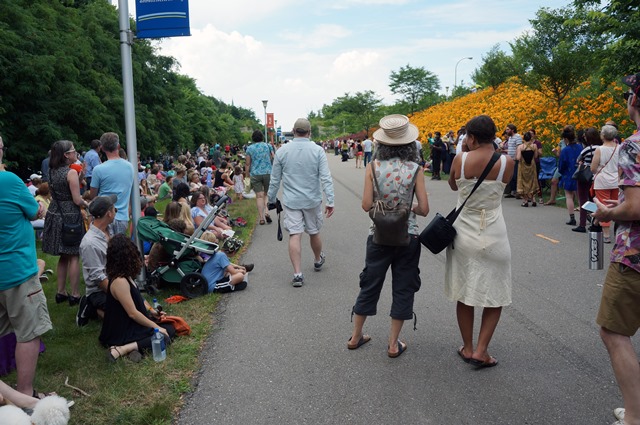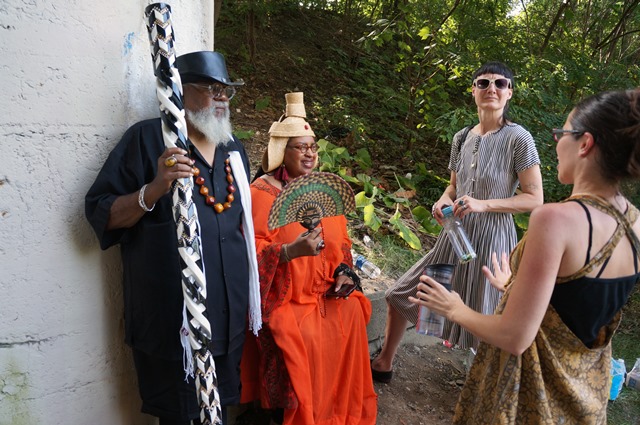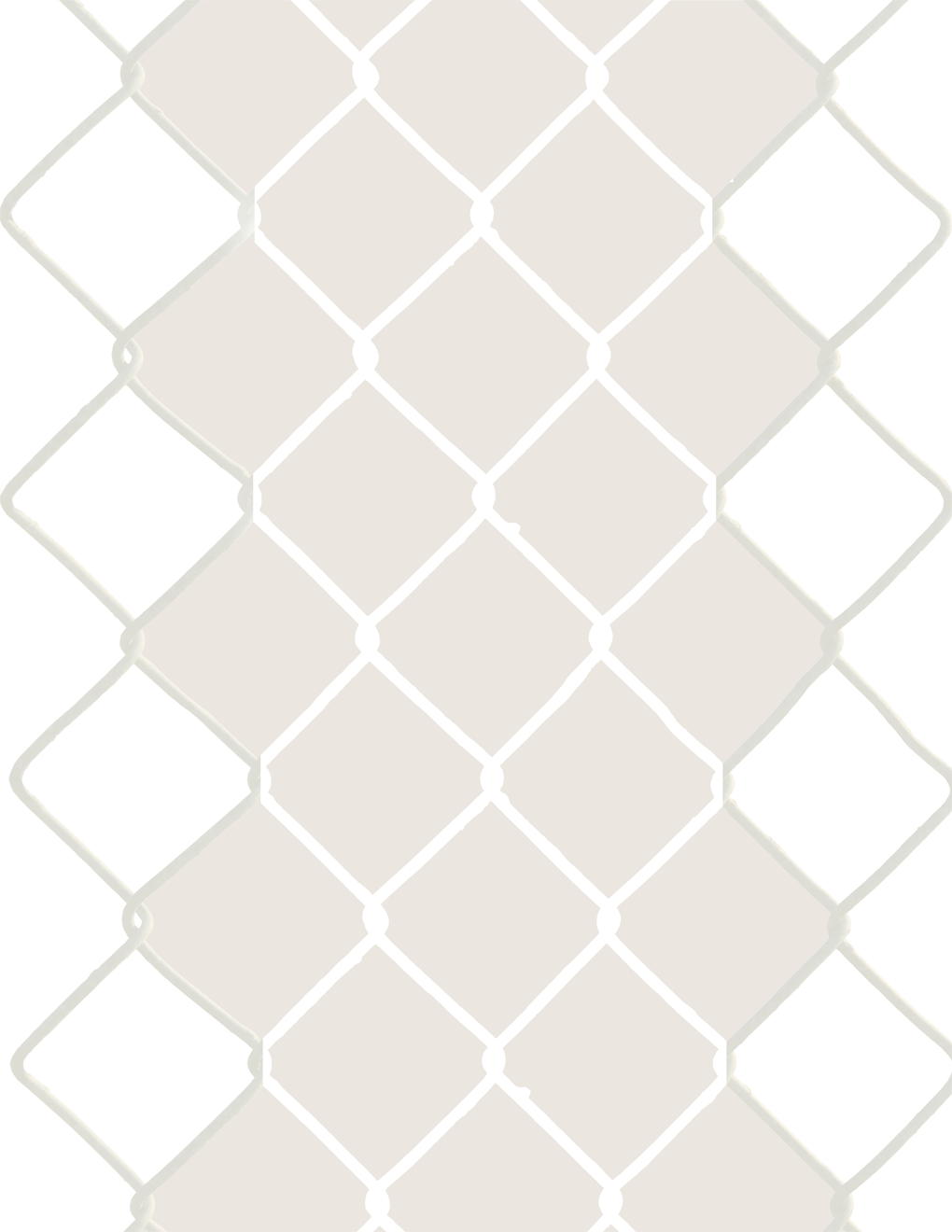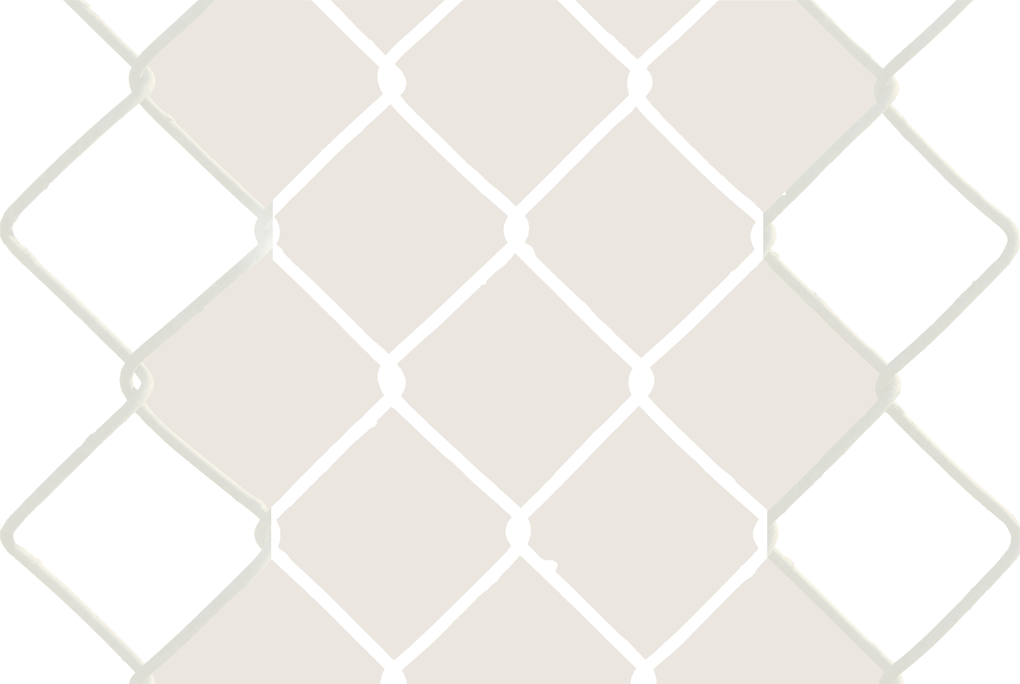Try this experiment: Next time you are out in public, make a concentrated effort to see every person. Keep focusing your attention on each person until your eyes connect. The simple gesture of looking with interest and curiosity often transforms the other’s bearing, triggering a certain lightness and recognition, and transporting a feeling of connection and community. The experiment is easier in a pedestrian-friendly city, where a large amount of time in public is spent outside of an automobile, yet it can as easily be replicated walking through crowds at events, at grocery stores and restaurants, anywhere you encounter strangers from other backgrounds, of other body types, and with different senses of style and class affiliation.
| figure 1 |
 |
| photo by Stephen Zacks |
We become conscious through this effort that the act of seeing others has an aesthetic context: how we look and what we recognize as worth seeing are decisions conditioned by what we choose to regard as beautiful, what we value, and what kind of community we imagine. A person’s dress, walk, expression, manner, how they wear their clothes, their makeup, hair, the shape of their body, the roundness of their face, the color of their complexion: all of these details attract or repel us, are of interest or disinterest, are subject to aesthetic judgments. As people thrown into the world—from places comprised of a particular demography, with experiences as members of classes, religious affiliation, and ethnicities, as ethical persons upholding the values of our group—we are trained to see in a certain way.
I can recall a specific moment when I became conscious of the radical empathy implied by imagining what it’s like to live behind the faces of strangers. I was not one of those people, but in the late 1980s, I went to a Grateful Dead show at Joe Louis Arena. I had smoked some hash with a couple of friends from the Cranbrook dorms, and as I walked through the parking lot and around the stadium filled with freaks of every variety, faces of unimaginable lifestyles and subcultures confronted me: tattooed gutterpunks with tattered clothes and pierced cheeks, hippies decked in beads and tasseled moccasins, black guys with dreadlocks and nose-rings, bros with mullets and Hard Rock Café shirts. I was not that kind of freak. Yet as I shifted my disposition to embrace the scene and release my instinctual fears and attachments, I became engrossed by the faces of other people. What was it like to live behind that face, to have the body of that person, to be subject to the gaze of others as someone living behind those eyes?
This extension of self to the other, the ability to identify and empathize with the experience of living in another person’s psyche, is at the core of humanist values. Society teaches us by confronting us constantly with new faces and bodies. If we make a focused effort to see other people during our everyday lives, to extend our attention to recognize others’ existences, we become aware of the overwhelming collection of assumptions and prejudices about other people, the abundance of envies, attractions, and repulsions that limit our connection to the large number of people in our midst: our neighbors, those who serve us, members of our community, compatriots in our country.
It may expose a feeling of vulnerability. You will encounter those who never look up, or whose eyes never register your presence. It doesn’t mean they don’t know you’re there. You may become aware of a certain asymmetry to the exchange: certain modelesque manikins and self-consciously handsome gents may feel imposed upon by the gaze of less beautiful strangers. Others may appear burdened by the heaviness of life, imposing a blankness of expression on their demeanor. Try anyway. Most likely they sense your presence but don’t see you. That is, they don’t register you as a subject of potential interest.
My neighborhood in Brooklyn, now caricatured as a haven of millennials and hipsters, teems with diversity. I regularly run a three-mile course that takes me through such an incredible range of body types, heights, skin colors, ages and ethnicities: dark-haired Southern Europeans, gray-haired older women, brown complexioned Latino men, homeless men camped on the sidewalk, mothers pushing strollers, 20-something fashionable kids who barely see me. As I concentrate attention toward them in a friendly way, I can see how this confounds their expectations; they do not expect me to see them either. Their expressions soften as they recognize interest in them. I sense my world and my community growing larger as I embrace others, recognizing them as comrades, neighbors, equals.
My act of seeing is embedded in the historicity of my own position in the world, coming with a degree of entitlement as well as hard-won personal gains. I was raised in a household that told me that my Jewish heritage kept me close to an experience of oppression that reinforced a traditional sympathy for underdogs, as well as a reflexive defensiveness against perceived threats. There is a vulnerability in openness—and a confidence. Only a few generations separate today’s college-educated, white middle-class from experiences of deprivation, oppression and exclusion in their native countries and as new immigrants to this country: Protestants, Catholics, Italians, Irish, Germans were all marginalized groups in the 18th and 19th centuries.
This concentrated effort to see others is something that can enlarge anyone’s world, black or white, rich or poor. Its moral value and power is not restricted to the white middle-class. Recently, I had the exceptional good fortune of receiving an invitation to present my work at an academic conference. After the conference, one of the speakers asked me why hipsters see Detroit as a good place to move. She wanted to provoke me—I believe—and I went along, bearing her imposition of an identity that I don’t accept, yet did me no harm to perform for her. In a performative effort to turn the tables, she intentionally sought to not see me as a part of her community or as a person with a complex history, and claimed to find it improbable that someone like me would seek to assimilate into a predominantly-black city. “People do not like to be integrated,” she said. She has a point: even within the emerging cosmopolitanism of Detroit, the college-educated assimilation is segregating itself into clusters. Yet you can see within this new agglomeration a beautiful community that is embracing diversity, that finds joy in meeting and reaching out to others, and that is learning how to see each other.
| fig. 2 |
 |
| photo by Stephen Zacks |
This is how it seemed to me last year during the summer’s art happenings, especially during the Nick Cave events that popped up in different areas every month (fig. 1). Hundreds of attendees—citizens, gawkers, and passersby, Corktown preservationists, and Midtown makers, collectors from the rich suburb of Birmingham and old-school hipsters from the 1960s Cass Corridor scene—sweated together in the humidity. A parade of otherworldly dancers in headless black-and-white tasseled soundsuits progressed down the East Lafayette Street entrance to the Dequindre Cut, traversing a rolling bed of orange lilies, pursued by composer Frank Pahl and a band of white-suited percussionists, and performed a wild dance under the arches beneath the overpass. At the end of the performance, a local ritual took place: attendees lined up to pay honors to David Philpot, Chicago-native sculptor and master staff carver, and his wife, the Detroit poet Marsha Music (fig. 2). They appeared throughout the summer dressed in bright African costume, Philpot bearing an ornate beaded staff and doffing a stovepipe hat. Like an honorary King and Queen, they leaned beneath an archway as attendees greeted them. No one knows if the beautiful community will survive Detroit’s accelerated development, but for the moment, it is self-consciously looking.
|




